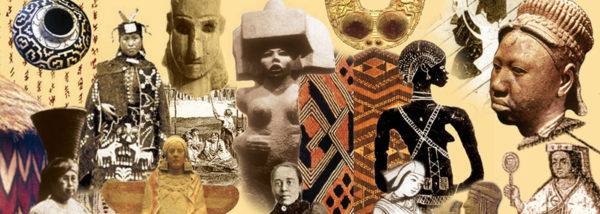Cujus baptisatio, ejus regio: “To he who baptizes, to him the rulership.” This was the policy of the Church to christianize pagan countries by conquest, recognizing the feudal overlordship of invaders. Most people aren’t aware that crusades were fought against pagans in Europe, as well as against Muslims in Palestine, Syria, and Egypt. Those invasions provided a model for colonizing pagan tribes, such as the Wends of Sclavonia (what is now eastern Germany and northern Poland). So many Slavic captives were sold into slavery that the very word for “slave” was taken from their name (English slave, Spanish esclavo, French esclave, German Sklave, and even Arabic sakaliba).
The Brotherhood of the Sword and the Teutonic Knights invaded and colonized the Baltic countries: Estonia, Latvia, Old Prussia, and Lithuania. Crusaders also fought against the Turkic Cumans in Hunary and Polovtsy in Ukraine, who were neither Christian nor Muslim. The new overlords imposed a harsh regime of forcible christianization, serfdom, and witch-hunting laws. The Baltic peoples resisted this oppression with determination and at great cost. They succeeded in preserving their earth-based spiritual traditions, such as the Latvian mates (“mothers” of earth, river, fire, forest) into the modern era.
Excerpted from a chapter from Under Seige, Vol IX in the series Secret History of the Witches, by Max Dashu.

